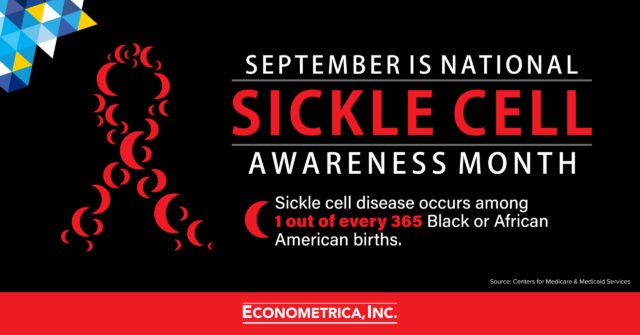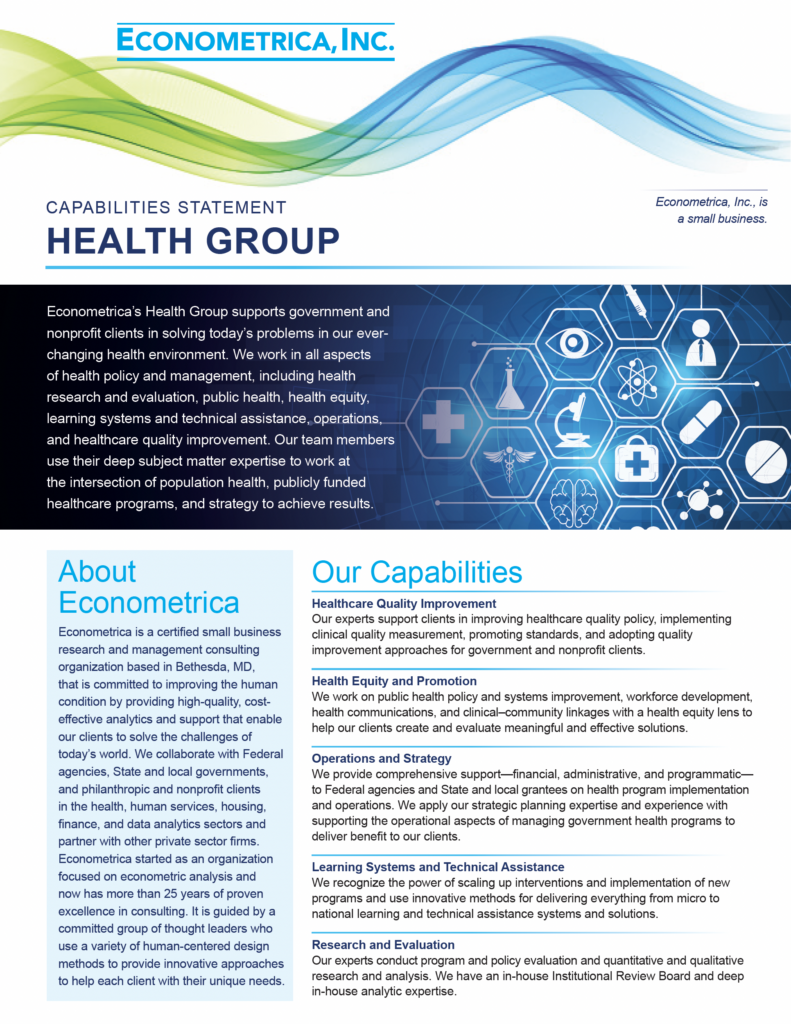
September is National Sickle Cell Awareness Month

The most commonly inherited blood disorder continues to have difficulties in high quality treatment options for adults living with the disease. Sickle Cell Disease (SCD), an intensely painful blood disorder caused by red blood cells having an abnormal, sickle shape, affects over 100,000 United States citizens of all ethnicities but disproportionately affects Black and Hispanic populations, occurring, alarmingly, in 1 in every 365 Black or African American births and 1 out of every 16,300 Hispanic births.
Signs and Symptoms
SCD causes the body to create abnormally shaped red blood cells in the form of a “C” or sickle. These cells disrupt the normal flow of red blood cells in blood vessels, causing extreme, acute, and chronic pain episodes and failing to transfer oxygen to body tissues. Signs and symptoms of the disease include:
- Pain Episodes or Crisis
- Hand-Foot Syndrome
- Acute Chest Syndrome
- Infection
- Eye Disease
- Stroke
SCD can affect any ethnic group, but Black and Hispanic populations in the US are most heavily affected by the disease. An estimated 1 in every 13 black and African American births suffer from Sickle Cell Trait, abetting it in being the most commonly inherited disease.
Due to SCD having varying treatment options, only 25% of patients receive a standard of care recommended by current guidelines. Studies indicate patients of SCD, compared to other patients, do not receive adequate treatment for pain, or in appropriate doses.
September is National Sickle Cell Disease Awareness Month – a great opportunity to spread awareness of the disease, its insufficient treatments, and minority communities being affected in much higher numbers.
Additional resources, including a new video on SCD by The Centers for Medicare & Medicaid Services Office of Minority Health, are available:
- New Sickle Cell Disease Video
- Prevalence of Sickle Cell Disease among Medicare Fee-for-Service Beneficiaries Age 18-75 Years, in 2016 (PDF)
- The Invisible Crisis: Understanding Pain Management in Medicare Beneficiaries with Sickle Cell Disease
- Prevalence of Sickle Cell Disease among Medicaid Beneficiaries in 2012 (PDF)
Coverage to Care - CDC data and statistics on SCD
- Sickle Cell Trait Toolkit
- About Sickle Cell Disease
Work With Us, Work for Us
Econometrica specializes in research and management across numerous industries in both the public and private sectors. We are always looking to hire the best and brightest in data science, health, grants management, energy, homeland security, housing and community development, capital markets and finance, and transportation. We work as the lead service provider, and also as a capable outsource partner to other consultancies. To work with us on your next project, visit us online and email a member of our executive staff in your preferred specialty. To explore the benefits of working for us, visit our careers page.











